Your Complete Guide To Kalbarri National Park, Australia
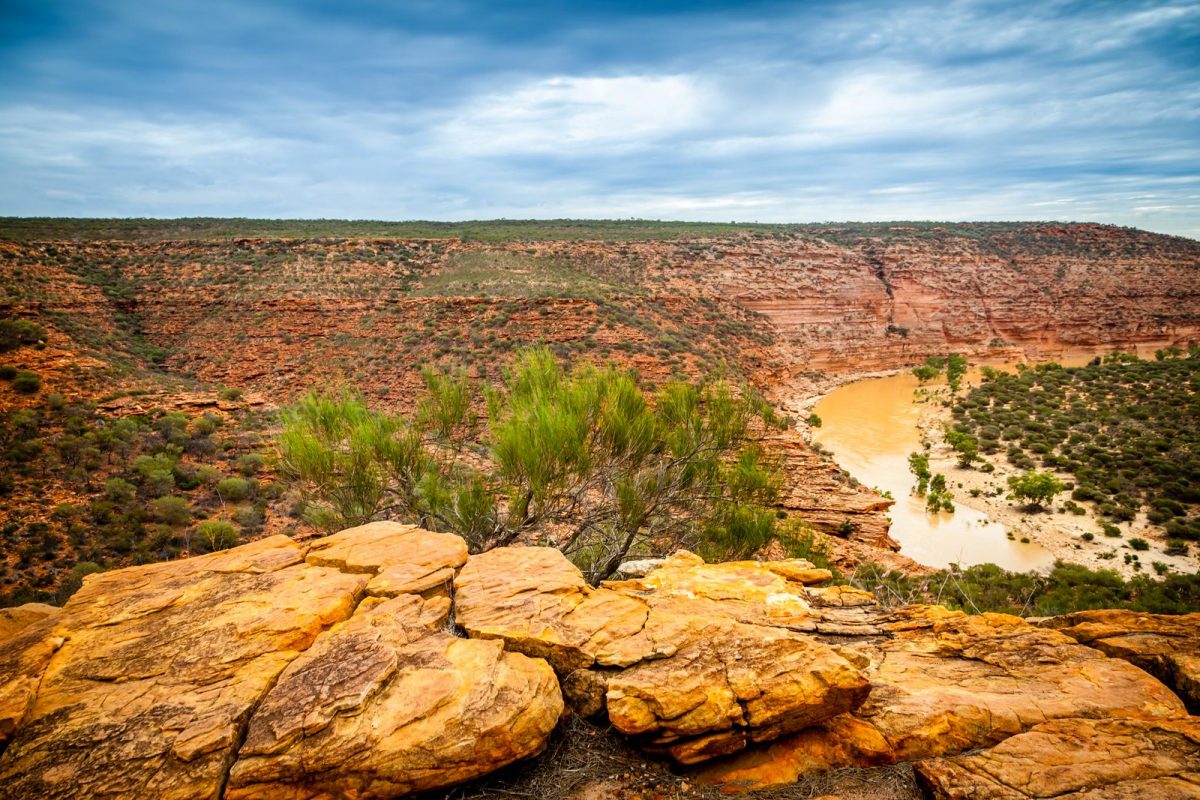
One of the true gems of Western Australia is Kalbarri National Park. Spilling over the edge of the Kalbarri city into the surrounding desert this park has numerous fascinating attractions. Bizarrely shaped canyons and creeks, mighty cliffs and the mesmerising view of the Indian Ocean are bound to take your breath away.
Some lucky visitors can also see the desert super bloom – hiking through the wastelands in the right season is an unforgettable experience. The wonders don’t stop at sightseeing, there is also canoeing, rope climbing, and plenty of other ways to spend your vacation actively. All these thrilling experiences available at the Kalbarri National Park make it a perfect place for a couple-days getaway for the whole family.
Read on to know more about the alluring sights of Kalbarri National Park:
Z Bend
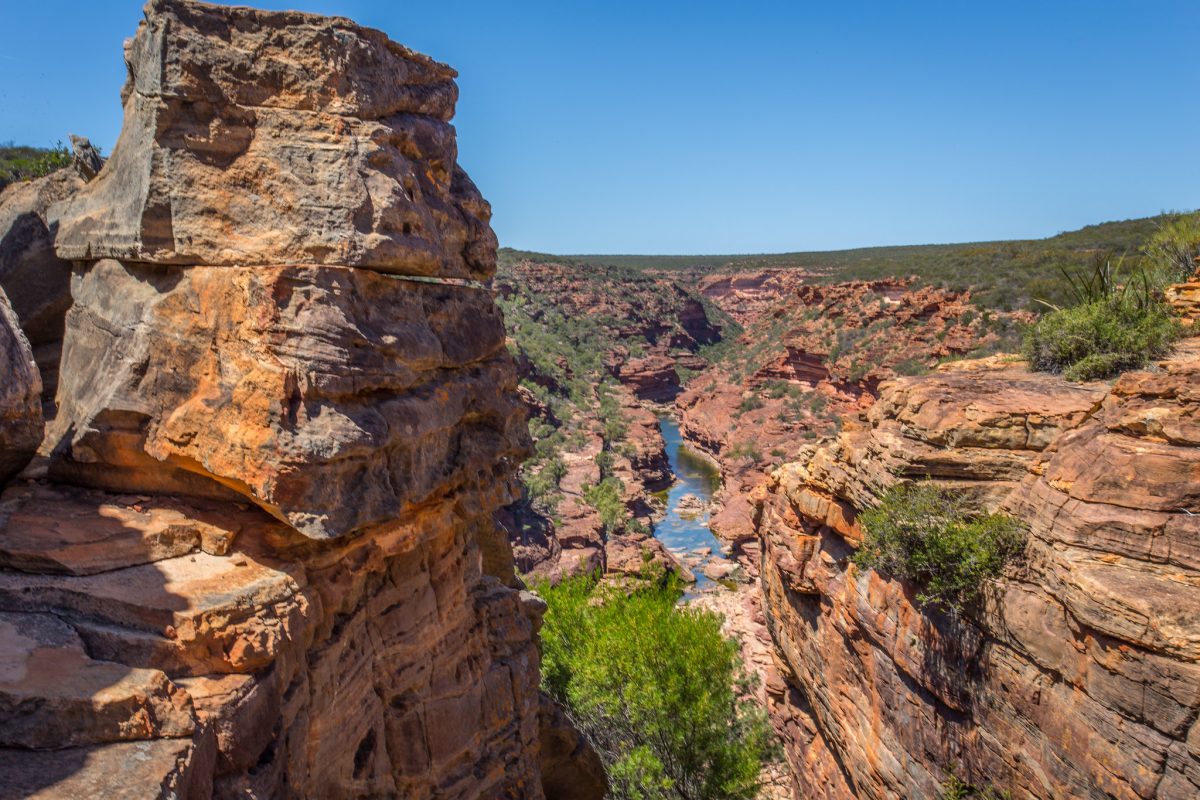
Photo by hoomanz on Flickr
Through the lands of Kalbarri National Park flows the mighty Murchison River. Over the ages, the river has formed numerous fascinating landscapes along its banks. One of the ways to truly enjoy the wild nature of Kalbarri is hiking down the Z Bend river trail. This attraction got its name due to the loops formed by the river stream. The hike along the Z Bend is a bit strenuous. However, it will reward you with a spellbinding view over the gorge. For the best panorama, you’ll have to take a more challenging hike of the Four Ways trail. When you reach the 25m height, a truly thrilling view will be your well-deserved reward.
Z Bend is located 30 km to the east of the town of Kalbarri. You can get there by car by taking Murchison Gorge access road all the way to Loop Z-Bend Rd. The lookout site is equipped with a parking lot, restrooms, and picnic tables. Be advised that hiking on this trail is physically demanding and on average takes 1.5 hours. We recommend visiting Z Bend during the winter-spring season. Autumns are quite rainy in this region and, as a result, the river rises and the track becomes inaccessible. Summers are also not the best time to visit for the opposite reason as it gets extremely hot and dry there.
Nature’s Window
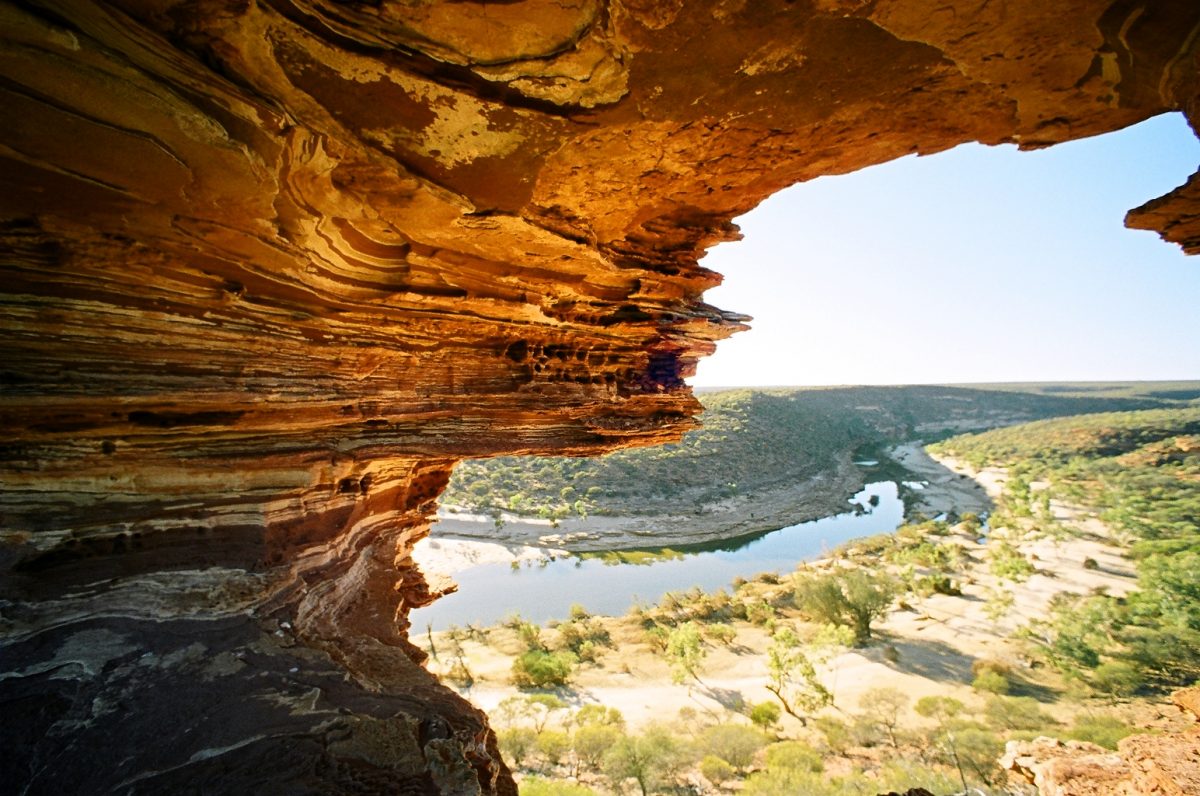
Photo by Clíona NM on Flickr
One of the most famous attractions in Kalbarri National Park is Nature’s Window. The rock called Tumblagooda Sandstone is evidence of the beautiful but destructive clash of the forces of nature. For centuries, the winds have been battering the mighty boulder on top of the cliff, and finally, the hard surface gave in bit by bit to create a stone arch.
A fascinating view opens from this “window” over the valley of the Murchison River creek. This arch is big enough to fit several people sitting down so it obviously gained the fame a perfect picture spot! The surrounding landscape is gorgeous, and you can enjoy the view from the banister paths and lookouts nearby.
To get to Nature’s Window, you’ll have to follow an easy hiking trail that merges into a bigger one called The Loop. You can also accept the challenge of hiking The Loop if you feel like you can’t get enough of the natural wonder of the sand rock gorge.
In order to reach Nature’s Window, you’ll have to park at The Loop’s rest area and then take a 500m walk. The site has restrooms opened to the public as well as picnic tables. Feel free to come here any time of the year. However, the summer season is famous for its dangerous heat waves. While Nature Window’s trail is an easy one, you need to take into account weather conditions that may make your hike more difficult.
Mushroom Rock
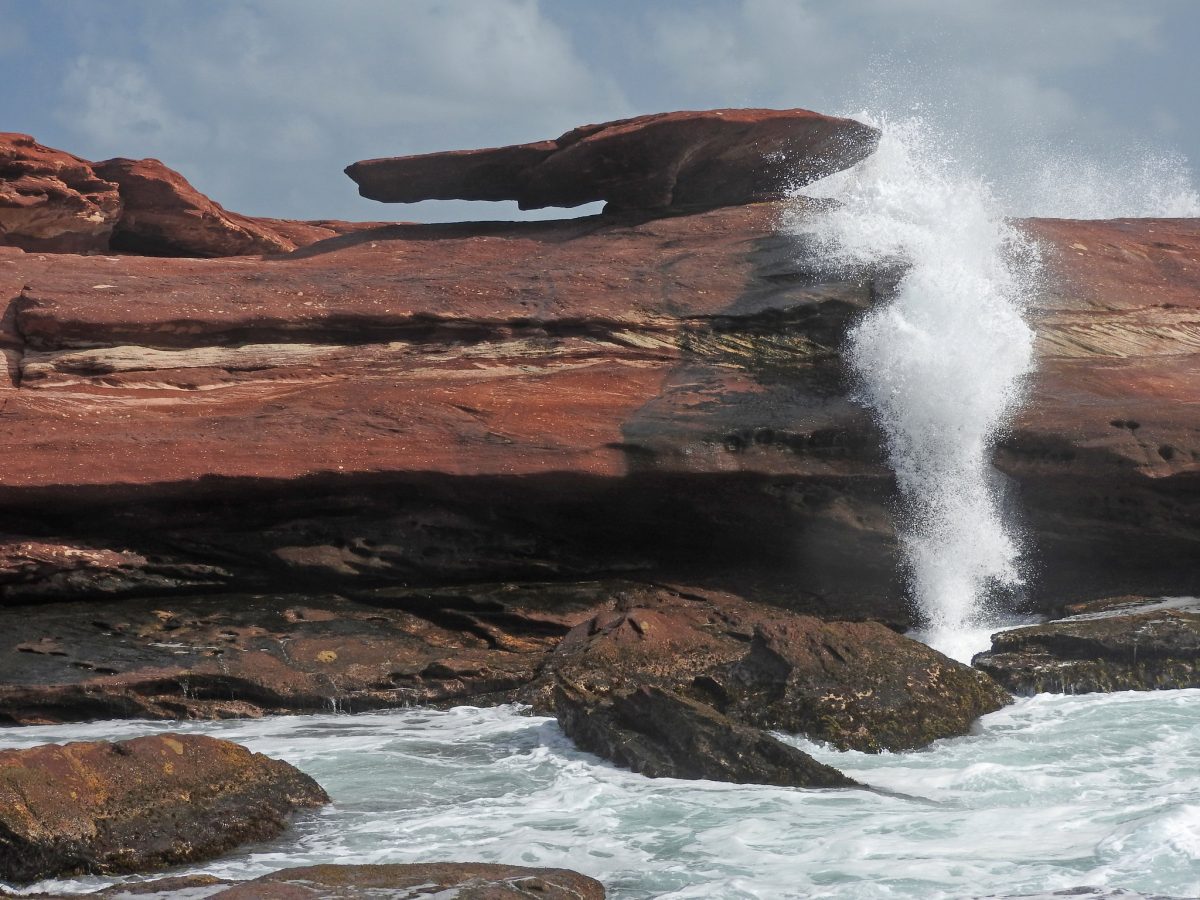
Photo by azrocklady on Flickr
It’s time to change the desert view for a more refreshing one. Mushroom Rock is a viewpoint on the top of the hanging cliff that meets the waters of the ocean. Severe winds have fashioned these stone cliffs into a dazzling mosaic. The path along the boulders forms Mushroom Rock Trail and leads up to Rainbow Valley. The hike will take you about two hours round trip and will reward you with the dramatic views of high waves crashing against monumental red rocks. If you follow the trail all the way to the beach, you’ll find a wonderful spot for snorkeling, sunbathing, or fishing.
Mushroom Rock is a lovely sight any time of the year, thus there will be no bad time for a visit. Getting there won’t be a problem as well because Mushroom Rock is located next to George Grey drive. Heading south from Kalbarri you’ll have to take a right on the Mushroom Rock Rd which is just a little to the south of Red Bluff.
Pot Alley
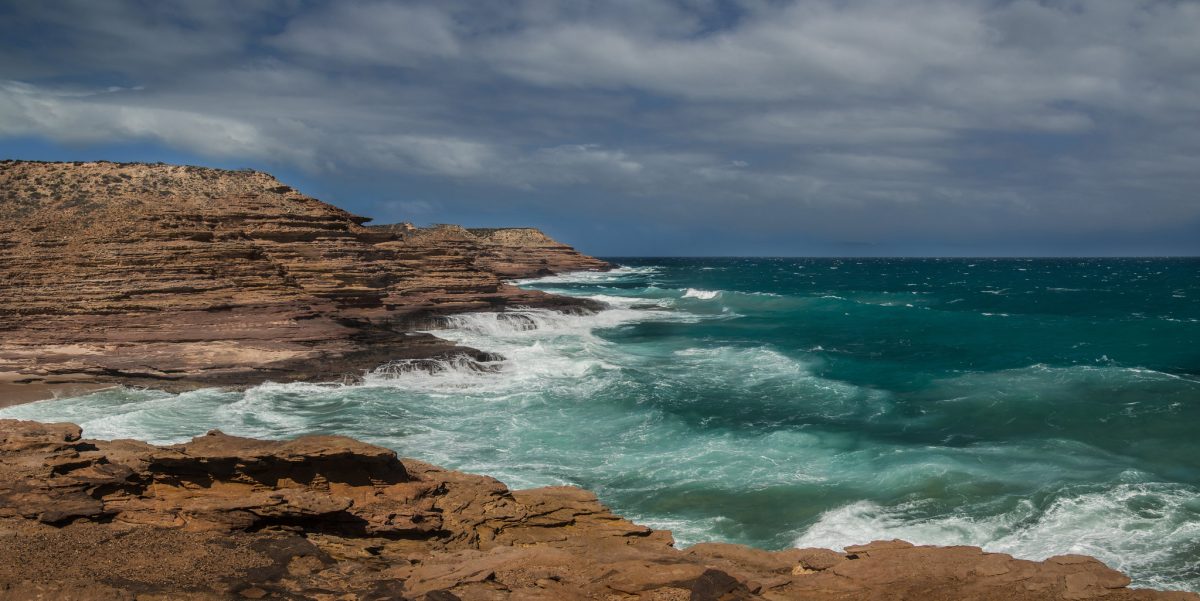
Photo by Brian Palmer on Flickr
The next fascinating landscape is located a bit further south of Mushroom Rock. Pot Alley is a picturesque gorge located along the ocean. Guarded by the mighty cliffs of Pot Alley, there is a hidden beach, a quiet lagoon that will become the place for your peaceful refuge. Enjoy swimming and sunbathing on the sheltered piece of coast covered with snow-white sand. The atmosphere of remoteness will make you feel as if you’re on a secluded island as this beach isn’t very well known with tourists.
A perfect time to come here is in July, as you’ll be free from the summer sweltering and as a bonus, local flora will reward you with a lovely bloom of wildflowers such as spider orchid. You can reach Pot Alley by car, it is just a 10-minute from Kalbarri city. Alternatively, you can rent bikes and get there cycling – the distance from the city border is a little over 7km.
Island Rock
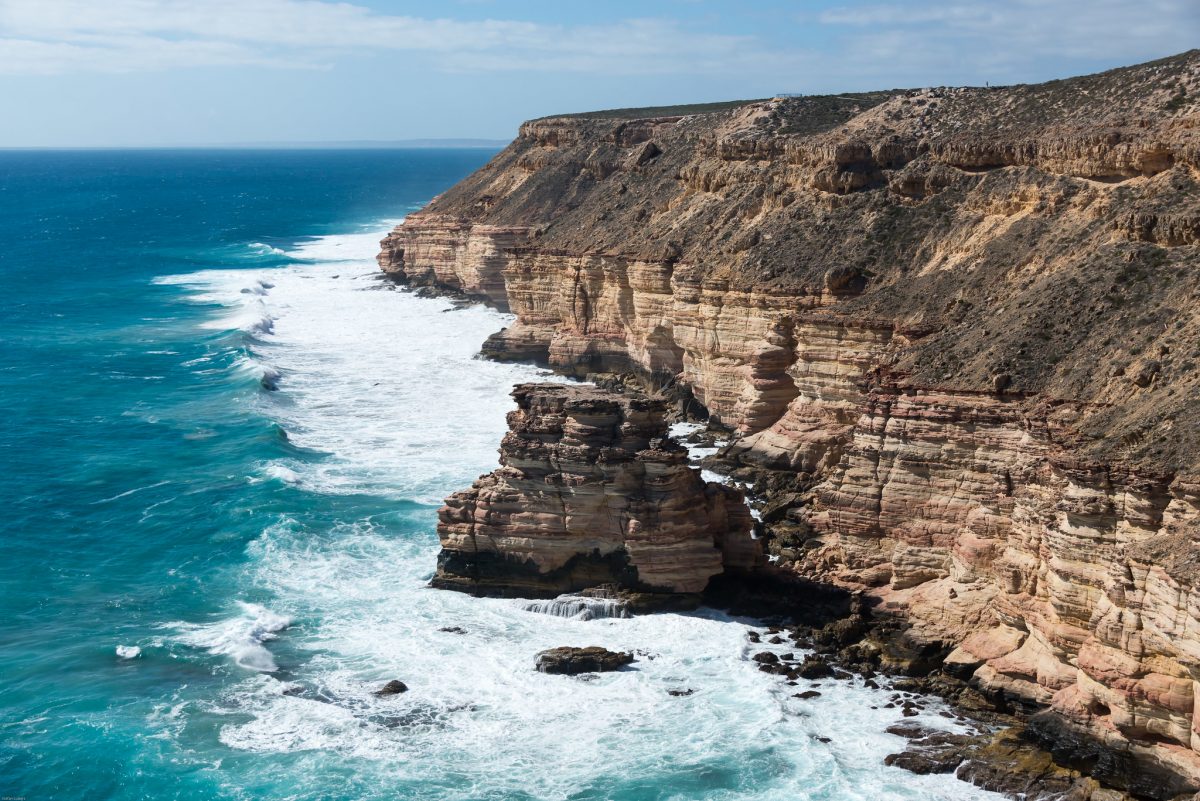
Photo by node worx on Flickr
The coastal line of Kalbarri National Park has another mesmerising sight to offer. Island Rock is a lonesome bluff that once was a part of the nearby coastal line. Powerful waves and gushing winds made it yield to the forces of nature and separated it from other cliffs. However, there is still a thin line of limestone called that connects the solitary rock with the “mainland”. Together they form a fascinating surreal scene that will take your breath away. Island Rock will be a perfect place to stay alone with your thoughts or enjoy the landscape during a peaceful picnic.
Island Rock is located 15 km to the south of Kalbarri. The natural attraction has a parking lot, therefore leaving your car while you take a hike won’t be an issue. While this site is accessible year-round we recommend you to come here between July and October. During this season, you’ll have a high chance to catch a glimpse of the migration of White whales.
Things To Know Before Visiting Kalbarri National Park
Before you pack your bags to visit these beautiful sights here are some things you should know.
The Weather In Kalbarri National Park
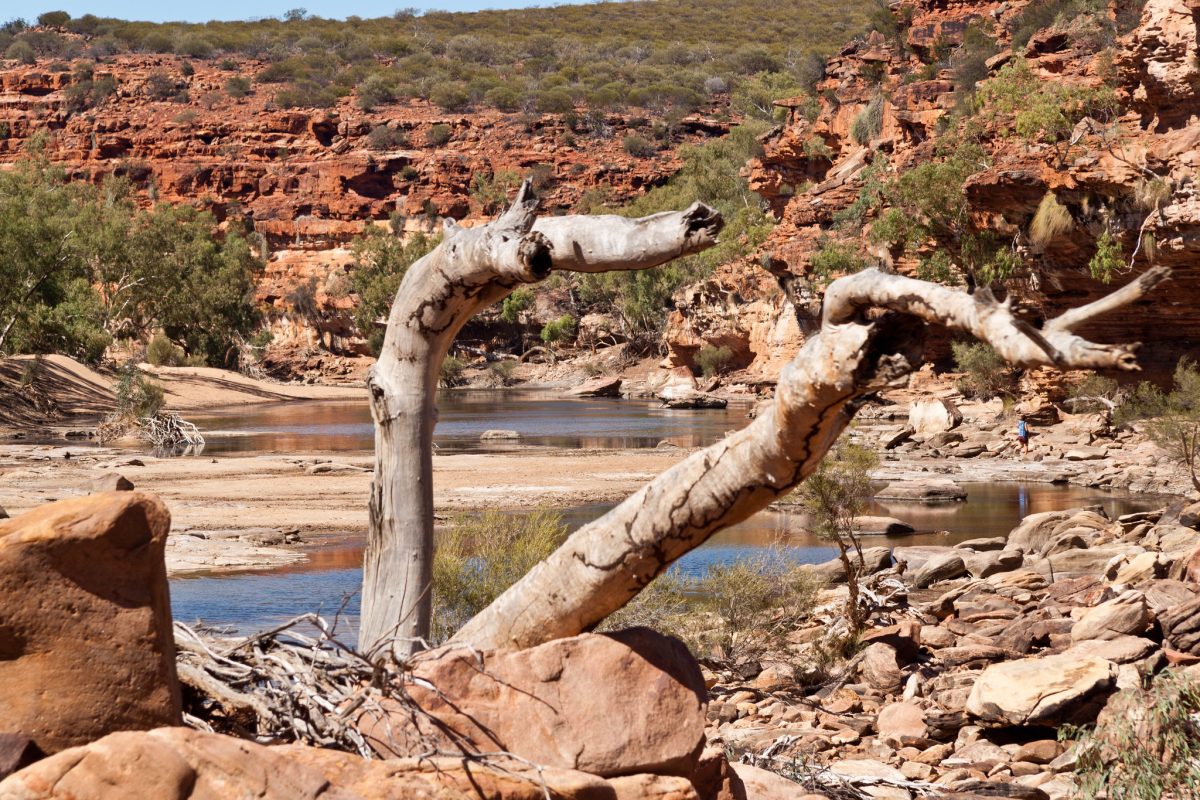
Photo by Alan Wood on Flickr
Kalbarri National Park, as well as the town of Kalbarri, lies in the warm-summer Mediterranean climate zone. Therefore, summers are hot and very dry and winters are mild and generally sunny and warm. However, all precipitation falls during the winter season. During the summer season, the temperature stays between 25°C and 34°C (77-93F). Winter temperatures rarely fall below the mark of 13°C (55F) and mostly stay around 20°C (68F).
If you plan to visit Kalbarri National Park between May and September, remember to bring water-resistant clothes and expect to see some rain. We strongly advise you to take plenty of potable water everywhere you go, especially when visiting inland sights. The Australian sun is infamously ruthless and most of these attractions don’t have water fountains. And don’t forget that in Australia the seasons are vice versa from the Northern hemisphere, so the summer down-under happens in the months that are traditionally regarded as the coldest in Western culture.
Entrance Fees To Kalbarri National Park
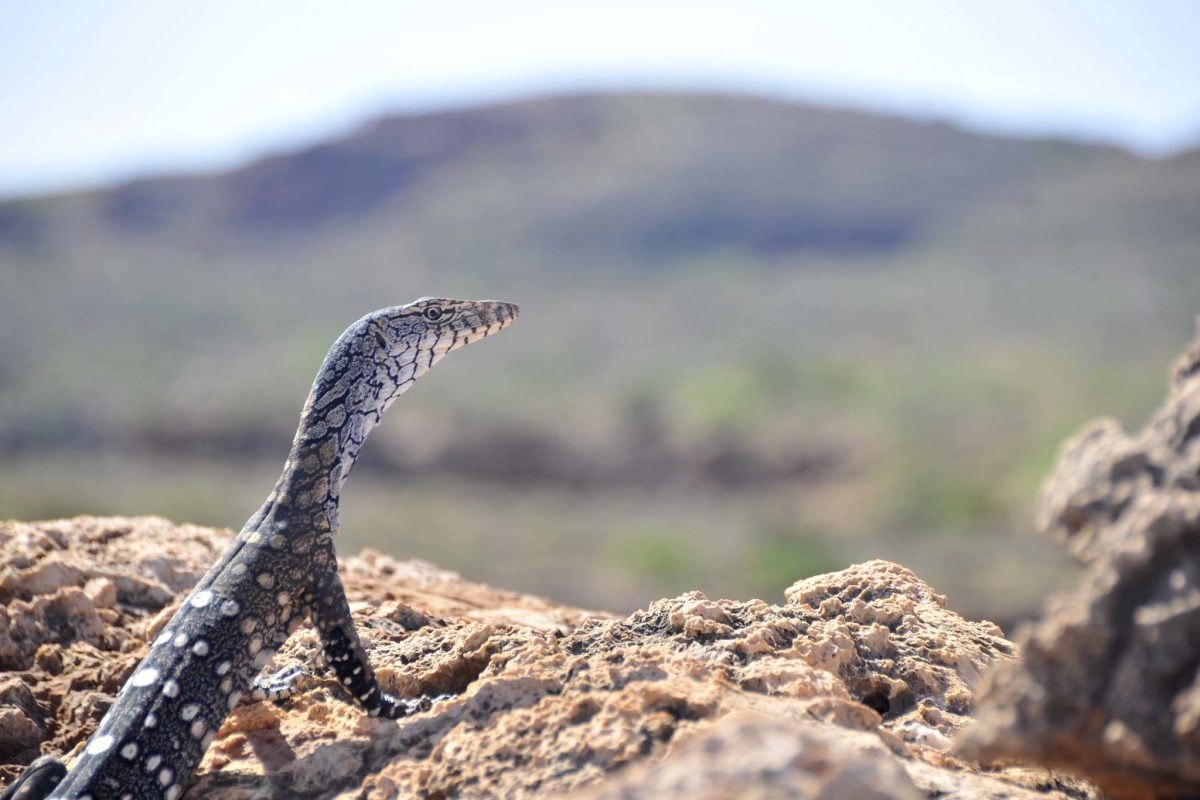
Photo by Julien Falissard on Flickr
Kalbarri National Park is fairly big. To see it all one day may not be enough but be advised that Kalbarri National Park works only during the day and camping here is prohibited. Therefore, make sure to find your accommodation in advance and plan ways to navigate the park wisely.
Even though entering the Kalbarri park on foot or bicycle is free of charge, exploring it by walking is challenging. Some major sights are more than 30 km apart so getting a rental car is a good option. The entry station is located at 70 Grey St, Kalbarri. The entrance fee for one vehicle will cost you $9 for a day, with no more than 12 passengers per car. Motorcycles can enter the park territory for almost twice as cheap – $4.75.
If you are planning to visit the park for a couple of days, consider buying a Holiday Pass. It will provide you with unlimited entry for up to four weeks and as a bonus, it works for the other parks in Australia, too. You can find more detailed information about ticket prices on the official website of the parks and wildlife service of Australia.

